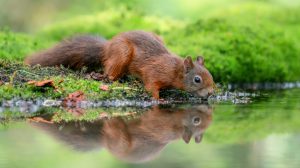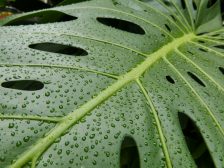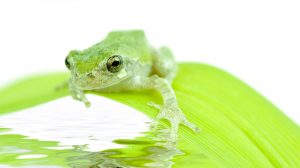Hyena
Origin: L. Hyaena, gr, orig, a sow, but usually, a Libyan wild beast, prob, the hyena, fr. Hog: cf. F. Hyene. See sow female hog.
(Science: zoology) Any carnivorous mammal of the family Hyaenidae, of which three living species are known. They are large and strong, but cowardly. They feed chiefly on carrion, and are nocturnal in their habits.
alternative forms: hyaena.
The striped hyena (hyaena striata) inhabits southern asia and a large part of Africa. The brown hyena (H. Brunnea), and the spotted hyena (Crocuta maculata), are found in southern Africa. The extinct cave hyena (H. Spelaea) inhabited England and France. Cave hyena. See cave.
(Science: zoology) hyena dog, a south african canine animal (Lycaon venaticus), which hunts in packs, chiefly at night. It is smaller than the common wolf, with very large, erect ears, and a bushy tail. Its colour is reddish or yellowish brown, blotched with black and white.
Synonym: hunting dog.
Dictionary > Hyenas
You will also like...

Animal Water Regulation
Animals adapt to their environment in aspects of anatomy, physiology, and behavior. This tutorial will help you understa..

Plant Water Regulation
Plants need to regulate water in order to stay upright and structurally stable. Find out the different evolutionary adap..

The Water Cycle
The water cycle (also referred to as the hydrological cycle) is a system of continuous transfer of water from the air, s..

Adaptation Tutorial
Adaptation, in biology and ecology, refers to the process or trait through which organisms or the populations in a habit..

Plant Biology
Plantlife can be studied at a variety of levels, from the molecular, genetic and biochemical level through organelles, c..

The Origins of Life
This tutorial digs into the past to investigate the origins of life. The section is split into geological periods in the..